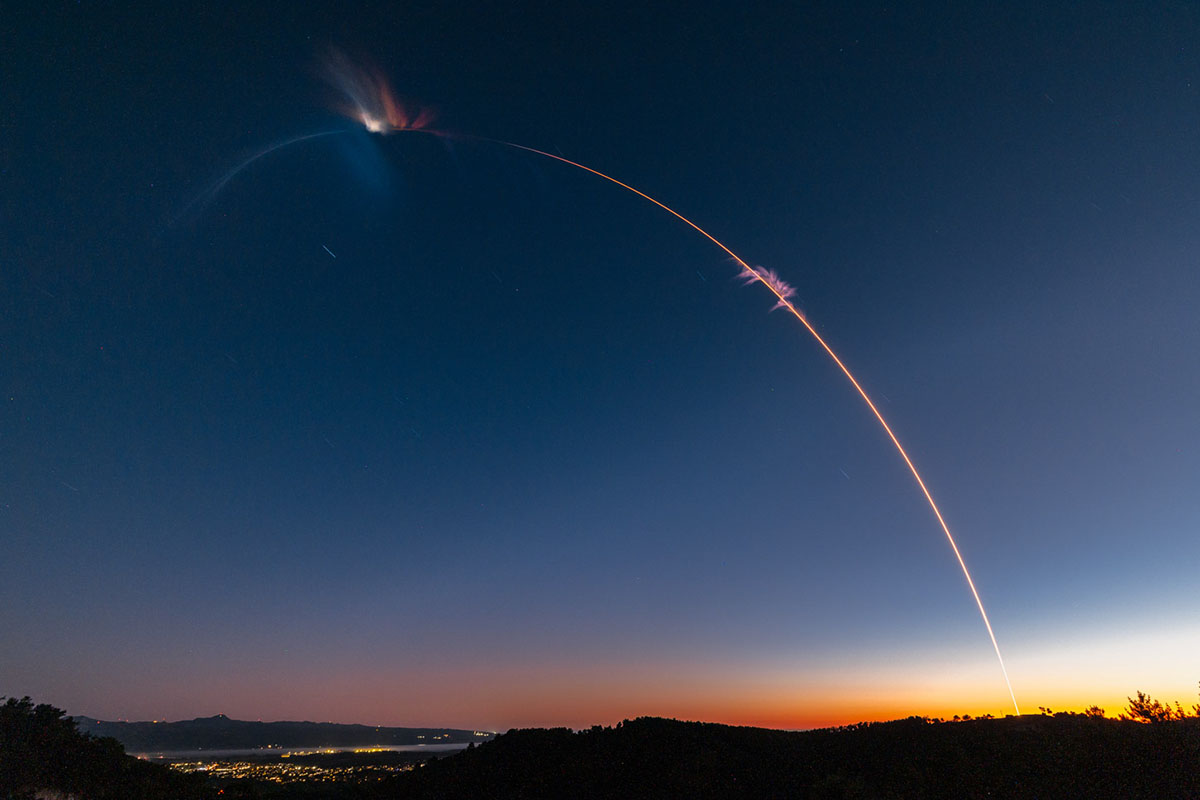KU Aerospace Engineering launches first CubeSat into orbit

LAWRENCE — A team of engineering students at the University of Kansas has successfully launched a small satellite, called a CubeSat, aboard a NASA-sponsored Firefly Aerospace rocket.
The university’s first satellite, known as “KUbeSat-1” reached orbit late in the evening July 3 when it was launched through NASA’s ELaNa 43 (Educational Launch of Nanosatellites 43) mission. According to NASA, the mission includes eight CubeSats flying on Firefly Aerospace’s Alpha rocket for its “Noise of Summer” launch from Space Launch Complex-2 at Vandenberg Space Force Base, California.
This marks the first time an institution from Kansas has launched a small satellite under this program.
“This launch brings a dream to reality for the 70 students directly involved, the alumni who have generously supported the mission and all peer classmates,” said Rick Hale, professor and chair of the Department of Aerospace Engineering. “A successful orbital mission will open the door to sustained design-build-test-operate activities in orbital remote sensing that mimic our sustained success in suborbital remote sensing.”
CubeSats are tiny “nanosatellites” about the size of a loaf of bread, weighing in around 3 pounds with each unit about 10 centimeters per side. KUbeSat-1 is a three-unit satellite launched under the NASA CubeSat Launch Initiative program that offers educational institutions and nonprofit organizations a chance to share space on its rockets.
KU’s CubeSat will use a new method to measure the energy and type of primary cosmic rays hitting the Earth, which is traditionally done on Earth. The second payload, the High-Altitude Calibration Instrument Version X will measure very high frequency signals generated by cosmic interactions within the atmosphere. The anticipated lifetime in orbit is 1-2 years, with realistic expectations closer to one year. Data from the mission will be used for academic research and development for more advanced payloads in the future.
The initial proposal to build the program from the ground up was submitted in 2018 and approved in 2019.
“The primary goal of KUbeSat-1 has been to allow students at KU to work on an engineering project that has the same stakes as projects in the aerospace industry,” said Brody Gatza, graduate research assistant and project manager. “The project has encompassed all facets of engineering and has given our team experience working with NASA, leading aerospace companies and regulating agencies.”
This isn’t KU’s first try at getting a satellite in orbit. Students made a CubeSat attempt in 2006 wherein the launch vehicle failed, and initial scheduled launches for this satellite began in 2022.
NASA’s CubeSat Launch Initiative is an ongoing partnership between the agency, educational institutions and nonprofits, providing a path to space for educational small satellite missions.